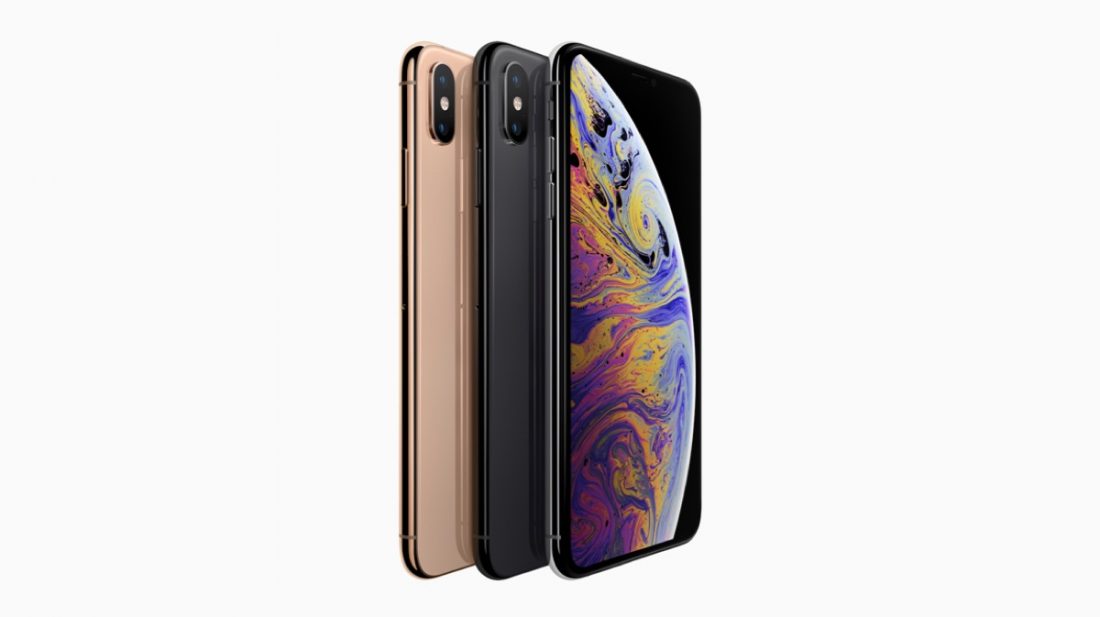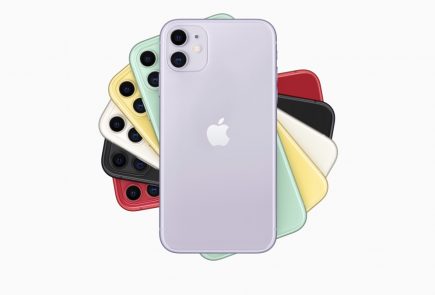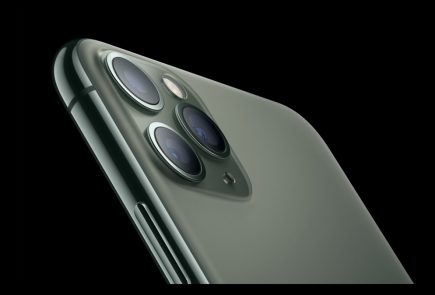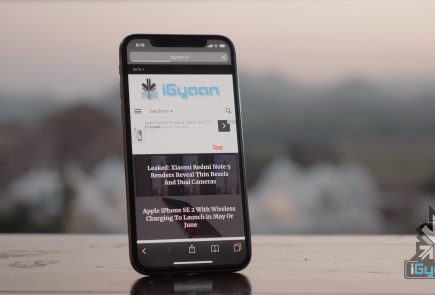Apple iPhone X Vs iPhone XS : What Has Changed?

After months of excitement, speculation and rumours, Apple revealed its new lineup of iPhones. The iPhone XS is the successor to the iPhone X. However, what has Apple really changed with the new iPhone?
The biggest difference and Apple’s only selling point is the A12 bionic chipset. The iPhone X has the A11 bionic, which was the pinnacle of speed when it launched, according to Apple. Apple has made an obvious upgrade to the chipset, with an improved manufacturing process. This makes the A12 faster, smoother and more energy efficient than the A11. The A12 also has advanced AI integration which improves battery and camera performance as well.
iPhone Xs
Differences other than the chipset, cannot be defining factors for a new phone. The iPhone XS is water resistant up to 2 meters for up to 30 minutes, compared to the 1 metre for up to 30 minutes in the iPhone X. The iPhone XS has a 512 GB model as well, opposed to the 256 GB of the iPhone X. Additionally, the iPhone XS claims a battery life which is 30 minutes more than the iPhone X.
| Specifications | iPhone X | iPhone XS |
| RAM | 3 GB | 4 GB |
| Processor | A11 Bionic | A12 Bionic |
| Camera | 12 MP Sensor | 12 MP sensor + Bokeh Mode |
| Storage | 256 GB | 512 GB |
| Battery | 2716 mAh | Lasts 30 Minutes more than iPhone X |
| Connectivity | Single SIM | Dual SIM |
| Protection | IP67 | IP68 |
Something which is a change however, is the fact that the new iPhone XS has dual SIM support. Other than this, the devices have the same design, the same camera setup and the same display.
With the iPhone XS starting in India at a price of Rs 99,999, this begs the question as to whether it is worth the upgrade. Apple, which has defined itself through constant, groundbreaking innovations seems to be limping forward on former glory and its belief that customers will purchase whatever is thrown at them. With rising competition in the global smartphone market, taking consumers for granted could prove risky for the tech giant.
























